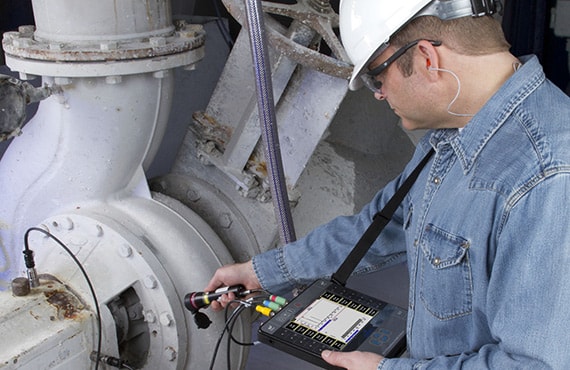NFPA 285 – Fire Propagation Test for Wall Assemblies
The NFPA (National Fire Protection Association) Standard NFPA 285 provides a method for evaluating the flame propagation characteristics of wall assemblies. This standardized test is crucial in ensuring that walls and partitions can resist fire propagation, thus protecting lives and property.
Wall assemblies are subjected to intense heat and flame conditions, simulating real-world fire scenarios. The goal is to determine if these assemblies meet specific criteria for flame spread, smoke development, and structural integrity. This service plays a critical role in the oil & gas sector where safety and compliance with regulations are paramount.
The test involves constructing wall assemblies that mimic those found in commercial buildings or industrial facilities. These structures are then exposed to a controlled fire environment under strict conditions outlined by NFPA 285. The performance of the assembly is evaluated based on its ability to prevent flame spread, reduce smoke production, and maintain structural integrity.
Understanding the parameters involved helps ensure that the testing process adheres strictly to international standards. This includes the use of specific fuels, burners, and ventilation systems prescribed by NFPA 285. The test setup is designed to provide accurate and repeatable results, which are essential for compliance purposes.
The instrumentation used in this testing can include high-resolution cameras, thermocouples, and data loggers to capture detailed performance metrics. These instruments help monitor key parameters such as heat release rates, smoke generation indices, and flame spread indices throughout the duration of the test.
After the test, detailed reports are generated that document all relevant findings. These reports serve as a critical reference for architects, engineers, and compliance officers in ensuring that wall assemblies meet the required standards. The results also inform design improvements to enhance fire safety measures.
The NFPA 285 testing process is not only about evaluating current designs but also providing insights into potential enhancements. By understanding how different materials, configurations, or modifications affect performance, manufacturers and designers can make informed decisions that improve overall safety standards.
In the context of oil & gas facilities, where high temperatures and explosive atmospheres are common, ensuring wall integrity is vital for preventing catastrophic failures during fires. This service ensures compliance with regulatory requirements while enhancing facility safety, thereby protecting both personnel and infrastructure.
Why It Matters
The NFPA 285 Fire Propagation Test for Wall Assemblies is significant because it directly impacts the safety of structures in various sectors, including oil & gas. In this sector, walls and partitions must be capable of resisting fire propagation to prevent the spread of flames from one area to another.
- Fire Resistance: Ensures that wall assemblies can withstand high temperatures without collapsing or compromising structural integrity.
- Airflow Control: Prevents the spread of smoke and toxic gases, safeguarding the lives of personnel working in close proximity to these facilities.
- Regulatory Compliance: Adheres to stringent fire safety standards set by NFPA 285, ensuring that structures meet legal requirements for fire resistance.
In oil & gas environments, where fires can quickly escalate due to flammable materials and explosive atmospheres, the ability of walls to resist propagation is critical. This test helps ensure that even under extreme conditions, the integrity of these walls remains intact, minimizing risks to both personnel and equipment.
Quality and Reliability Assurance
To ensure that NFPA 285 tests are conducted accurately and consistently, a series of quality control measures are implemented. These include:
- Standardized Test Conditions: Strict adherence to the parameters specified in NFPA 285.
- Calibrated Equipment: All instrumentation used is regularly calibrated to ensure precise measurements.
- Trained Personnel: Only certified personnel perform these tests, ensuring consistent and reliable results.
- Detailed Documentation: Comprehensive documentation of each test run for future reference and verification.
The reliability of NFPA 285 testing is further enhanced by the use of advanced software tools that automate data collection and analysis. This not only improves accuracy but also speeds up the reporting process, providing timely insights into wall assembly performance.
Use Cases and Application Examples
| Use Case | Description |
|---|---|
| Oil & Gas Facilities: | Evaluating the fire resistance of walls in storage tanks, process buildings, and containment structures. |
| Commercial Buildings: | Ensuring that walls in high-rise offices or shopping centers can resist fire spread effectively. |
| Industrial Plants: | Testing the integrity of walls around process equipment and utility areas to prevent catastrophic failures. |
In each application, NFPA 285 provides a standardized method for assessing wall performance under fire conditions. This ensures that structures in these sectors are built with safety as a top priority.





